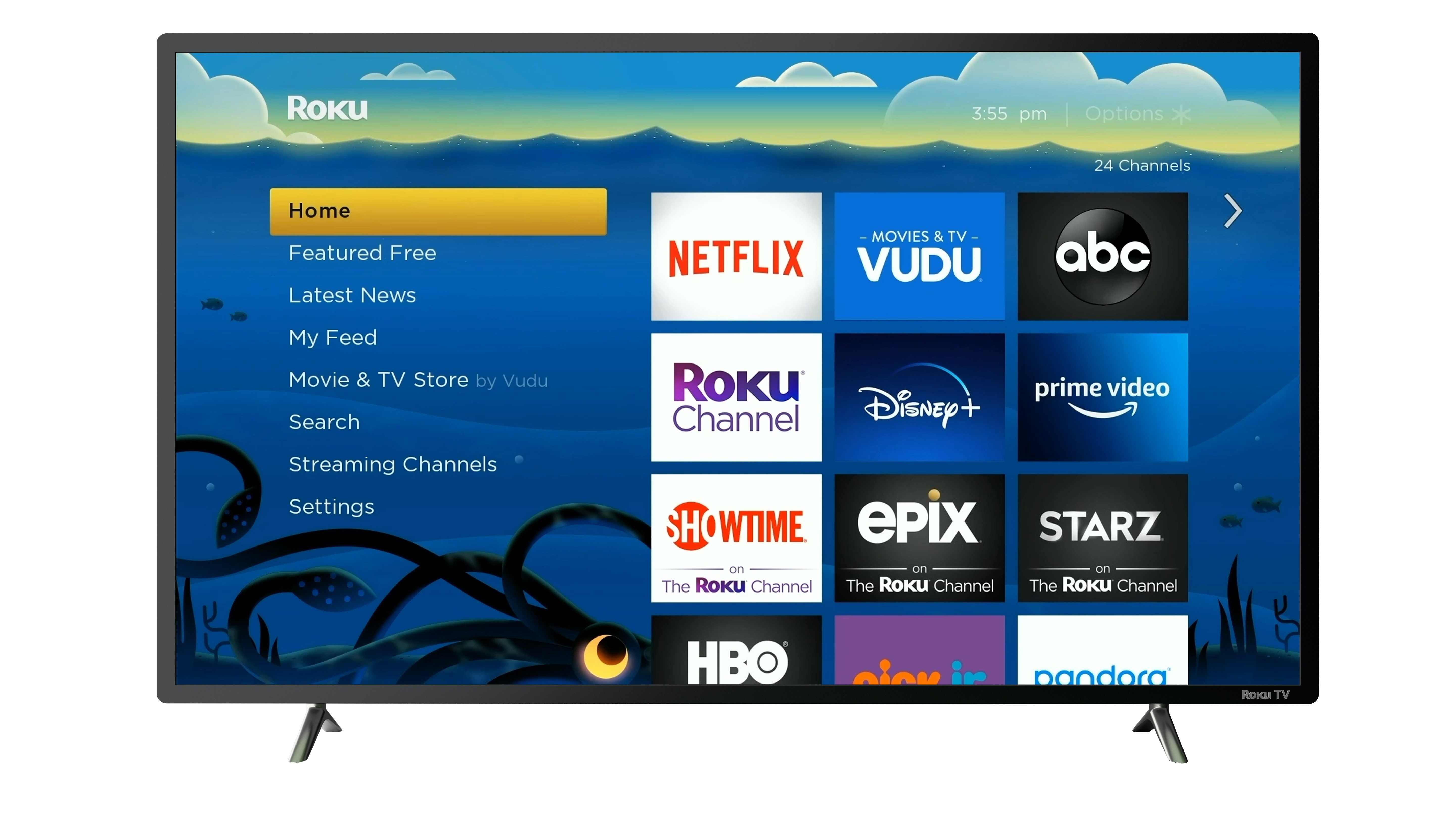Roku Expands Active Accounts to 61.3M
Streaming hours on the Roku platform also grew 14% YoY to 20.9B

SAN JOSE, Calif.—Roku reported growth in its users and the amount of streaming hours on its platform in Q1, 2022, but revenue growth slowed and losses from sales of its player caused the company to report the first income loss from operations in a while.
Overall, the company reported that it added 1.1 million active accounts in Q1 2022 to reach 61.3 million active accounts, up 14% from a year earlier. Streaming hours also increased by 1.4 billion hours from Q4 2021 to 20.9 billion, up 14% from a year earlier.
The company also reported progress in monetizing those users, with average revenue per user or ARPU rising 34% YoY to $42.91.
However, revenue from sales of its player dropped by 19% from a year earlier and its revenue growth slowed. Overall revenue was up 28% YoY to $733.7 million.
Along with higher expenses for R&D and marketing, that pushed the company into an operating loss of $23.5 million.
“Despite these challenges, in Q1 , the Roku operating system (Roku OS) remained the No. 1 selling TV OS in the U.S. and gained market share sequentially,” the company said, also noting that engagement continued to growth at healthy rates.
“As successful as we have been to date growing user engagement, we believe there is still significant room to growth this engagement,” the company said. “Our Streaming Hours per Active Account per day was 3.8 hours globally in Q1 vs. the average household, which consumes approximately 8 hours of TV per day (Nielsen). For the first time, TV streaming devices surpassed legacy pay TV devices (Set-Top-Box and DVR) in weekly reach in the U.S., with 65% of adults aged 18-49 streaming TV vs. 63% watching legacy pay TV in March (Nielsen).”
The professional video industry's #1 source for news, trends and product and tech information. Sign up below.
George Winslow is the senior content producer for TV Tech. He has written about the television, media and technology industries for nearly 30 years for such publications as Broadcasting & Cable, Multichannel News and TV Tech. Over the years, he has edited a number of magazines, including Multichannel News International and World Screen, and moderated panels at such major industry events as NAB and MIP TV. He has published two books and dozens of encyclopedia articles on such subjects as the media, New York City history and economics.

